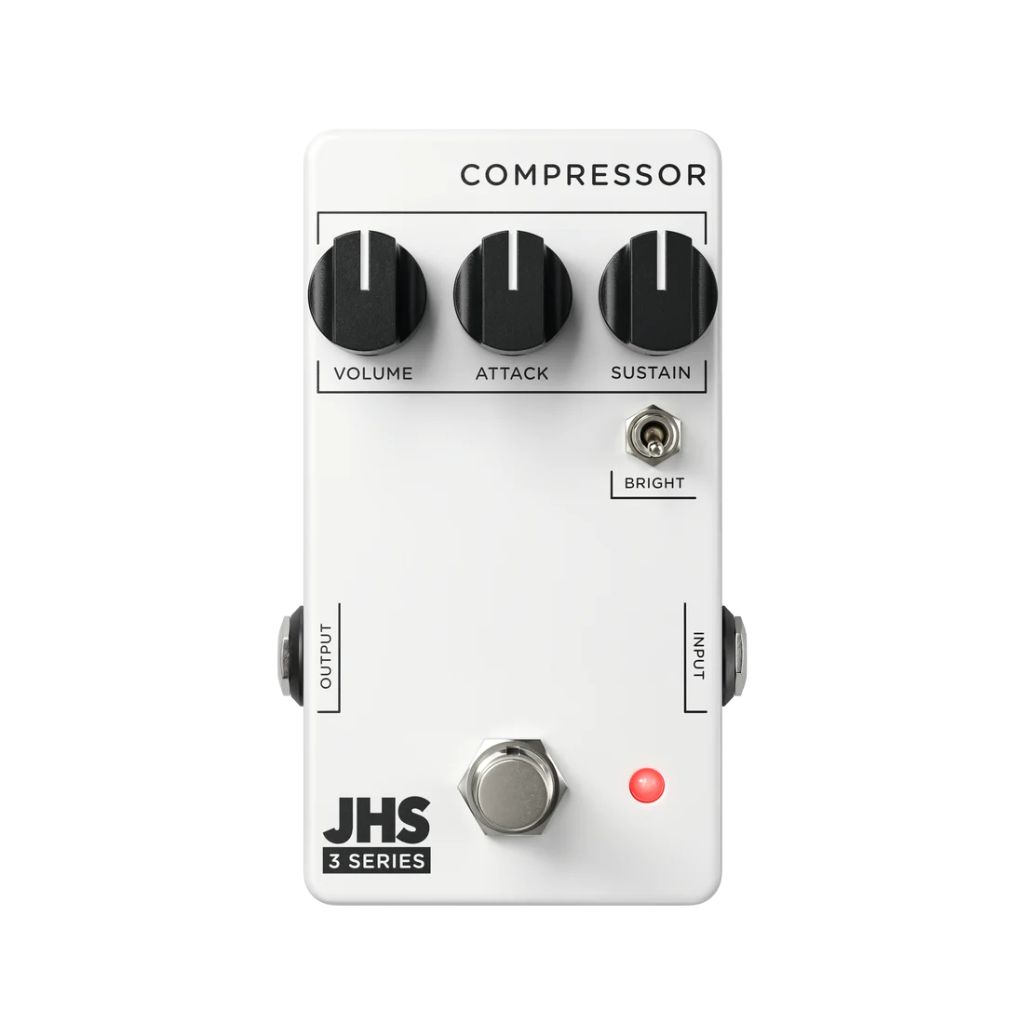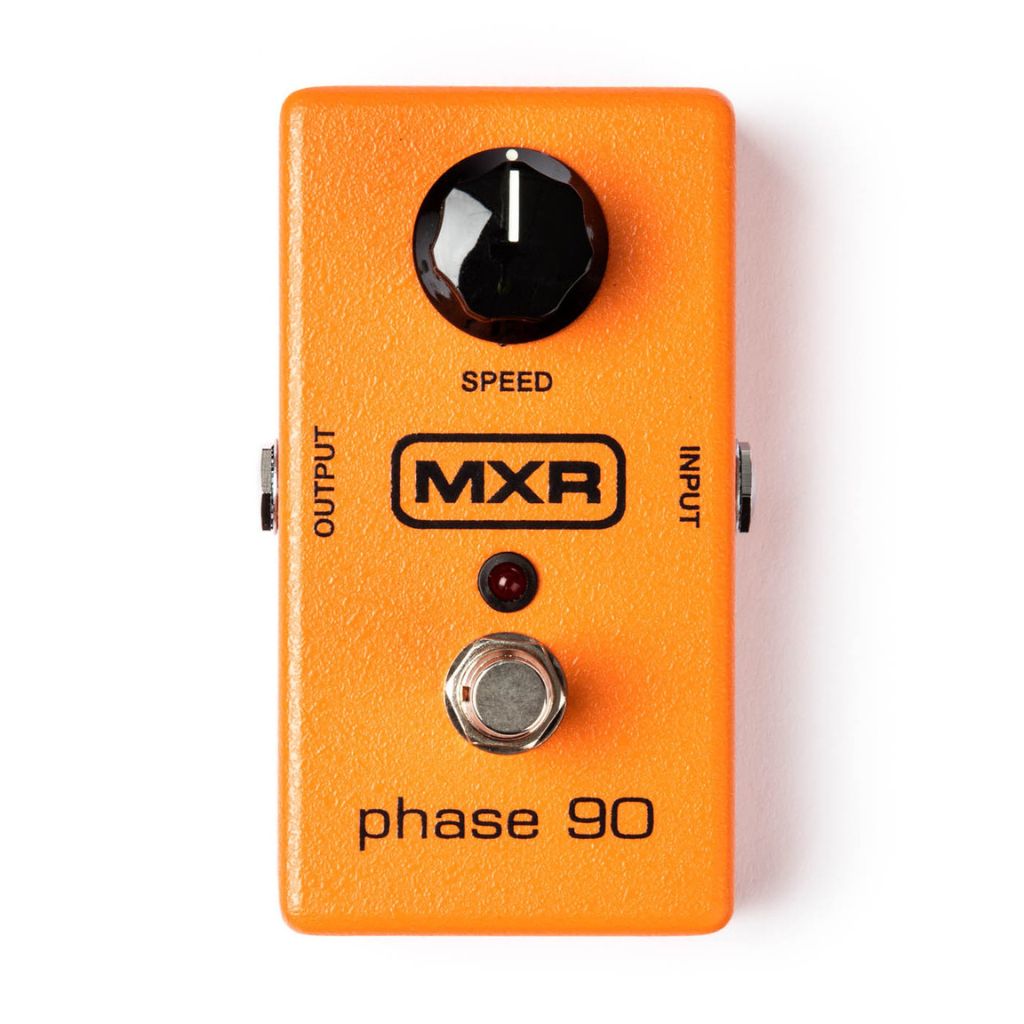Related Tags
The best effects pedals to buy in 2023: 14 best guitar pedals for beginners
Get started in the intriguing world of effects with these great pedals.
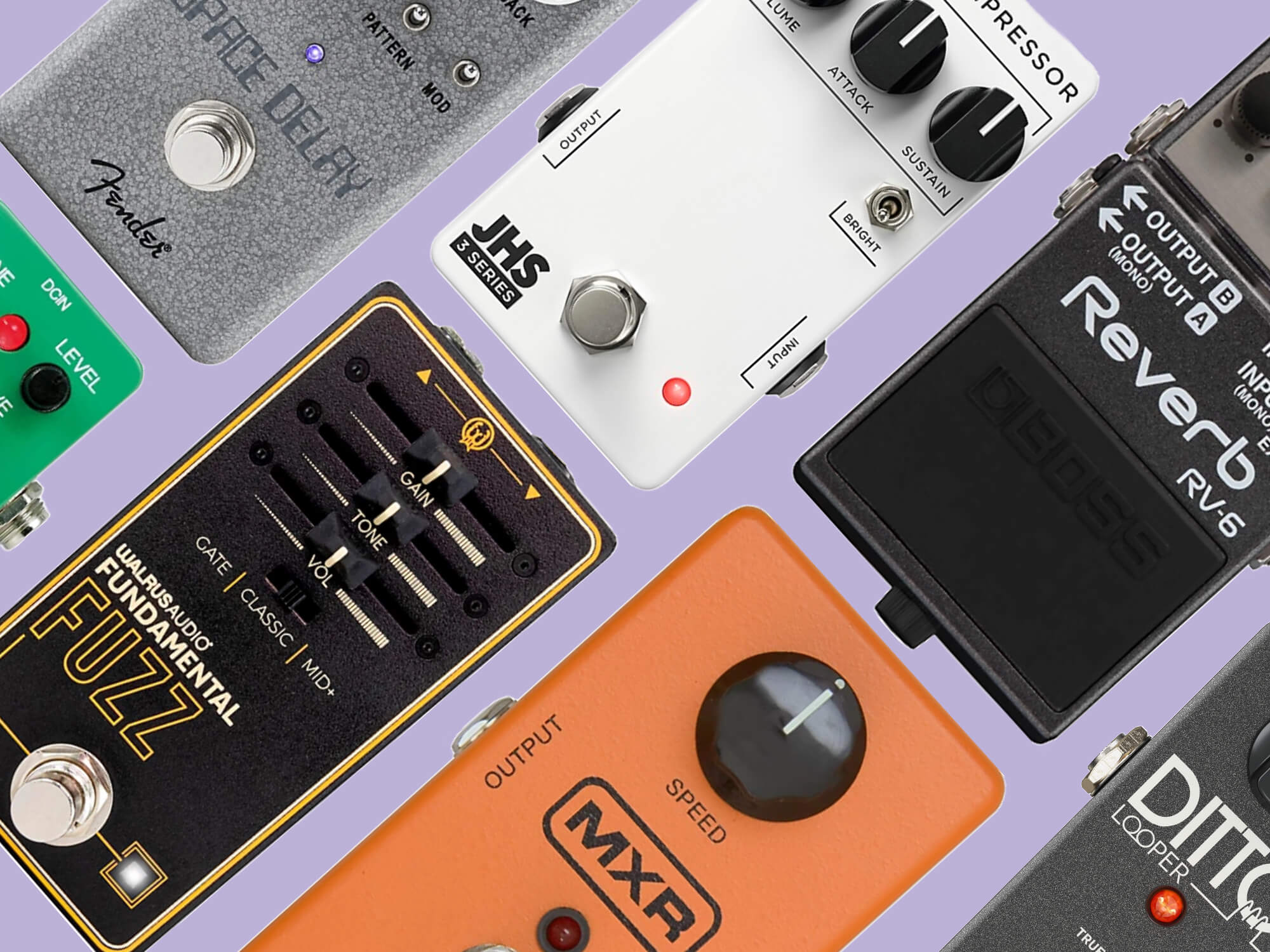
Featured in this article
The world of effects pedals can be an intimidating one if you’re just starting out, especially as units get more and more involved and complicated.
Chances are if you’re a beginner pedal aficionado, you won’t need all the fancy bells and whistles that some pedals offer, and chances are you won’t have a huge budget either so bang for buck has been factored in.
With that in mind, we’ve collated a list of excellent and accessible stompboxes to get you started on your pedal journey.
What makes a guitar pedal good for beginners?
In truth you’re just as likely to see many of these pedals at the feet of rockstars as you are beginners, but we’ve tried to keep these pedals as simple as possible for those who don’t want to spend hours reading manuals or navigating menus.
That doesn’t mean these pedals aren’t versatile, however, and you should consider what you want from your sound before taking the plunge – if you’re sure about what you want, that’s great, but if you’re still finding your way, going for something a little more general with lots of options could be the right choice.
The best effects pedals for beginners at a glance:
- Fender Hammertone Space Delay
- Walrus Audio Fundamentals Fuzz
- TC Electronic Skysurfer Mini Reverb
- Electro-Harmonix Big Muff Nano
- Boss RV-6 Reverb
- Ibanez Tube Screamer Mini
- Boss SD-1 Super Overdrive
- Ibanez Analog Delay Mini
- MXR Phase 90
- Dunlop Cry Baby Mini Wah-wah
- TC Electronic Ditto Looper
- JHS 3 Series Compressor
- MXR Six Band EQ
- Electro-Harmonix Soul Food Overdrive
Fender Hammertone Space Delay
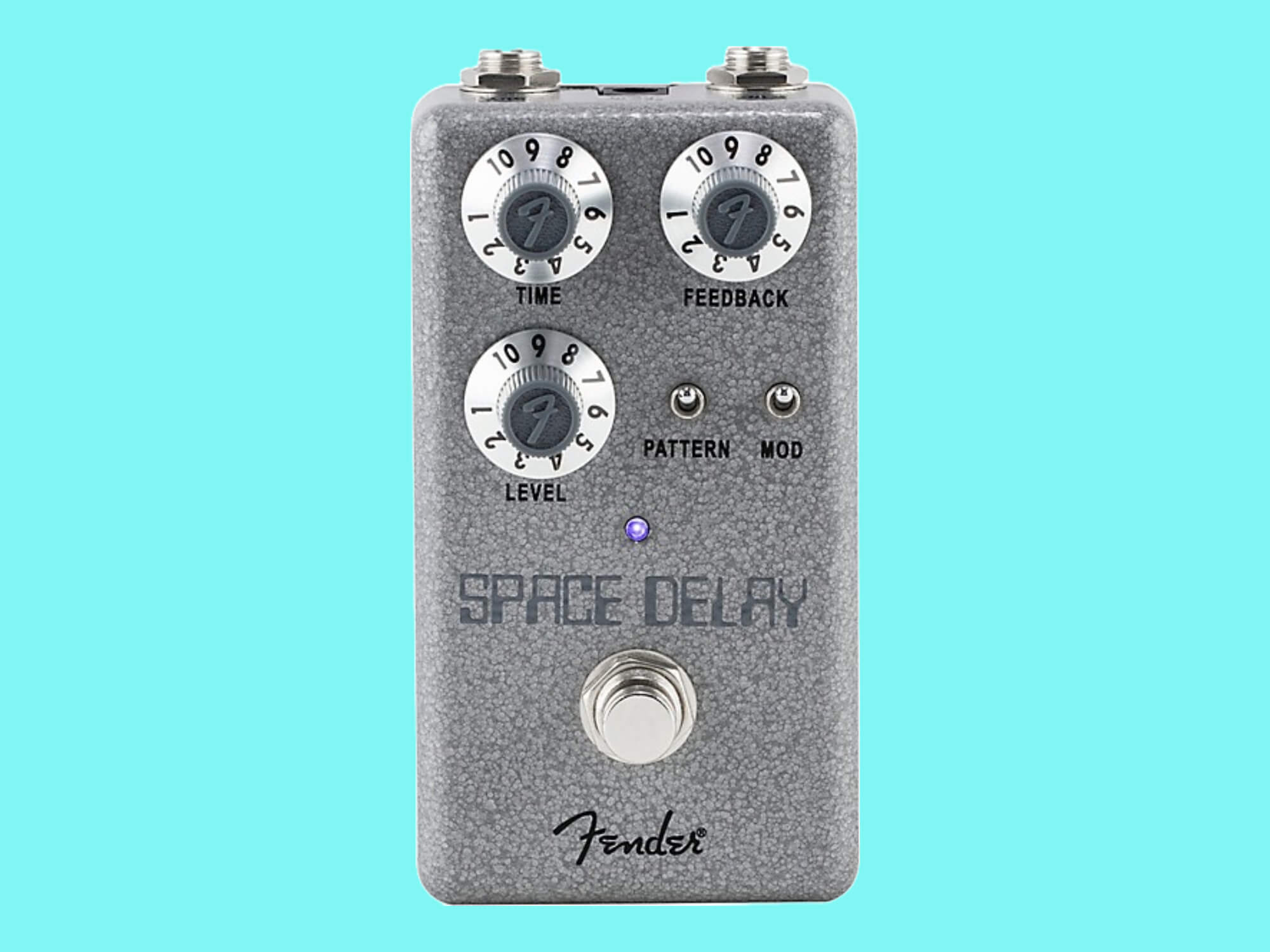
All nine new pedals in Fender’s Hammertone range are great for beginners: they’re straightforward, great-sounding, well-built and supremely affordable. So why are we singling out the Space Delay for this list? Because it’s a style of delay pedal that’s quite different to what you’re likely to find built into a beginner amp, or done well in the sub-£100 price bracket as a standalone pedal.
Because it emulates a multi-head tape delay, one in the vein of the Roland Space Echo (hence the name), it can do some things that simpler delay pedals cannot: you can introduce some nice pitch wobble on the repeats, as well as some alternative delay patterns, and if you crank the feedback knob you’ll get some nice self-oscillation in there too. It’s a musical and complimentary way to start your way in the world of delay.
Price: $99.99 / £79
Grab today’s deals on the Fender Hammertone Space Delay now
Walrus Audio Fundamental Fuzz
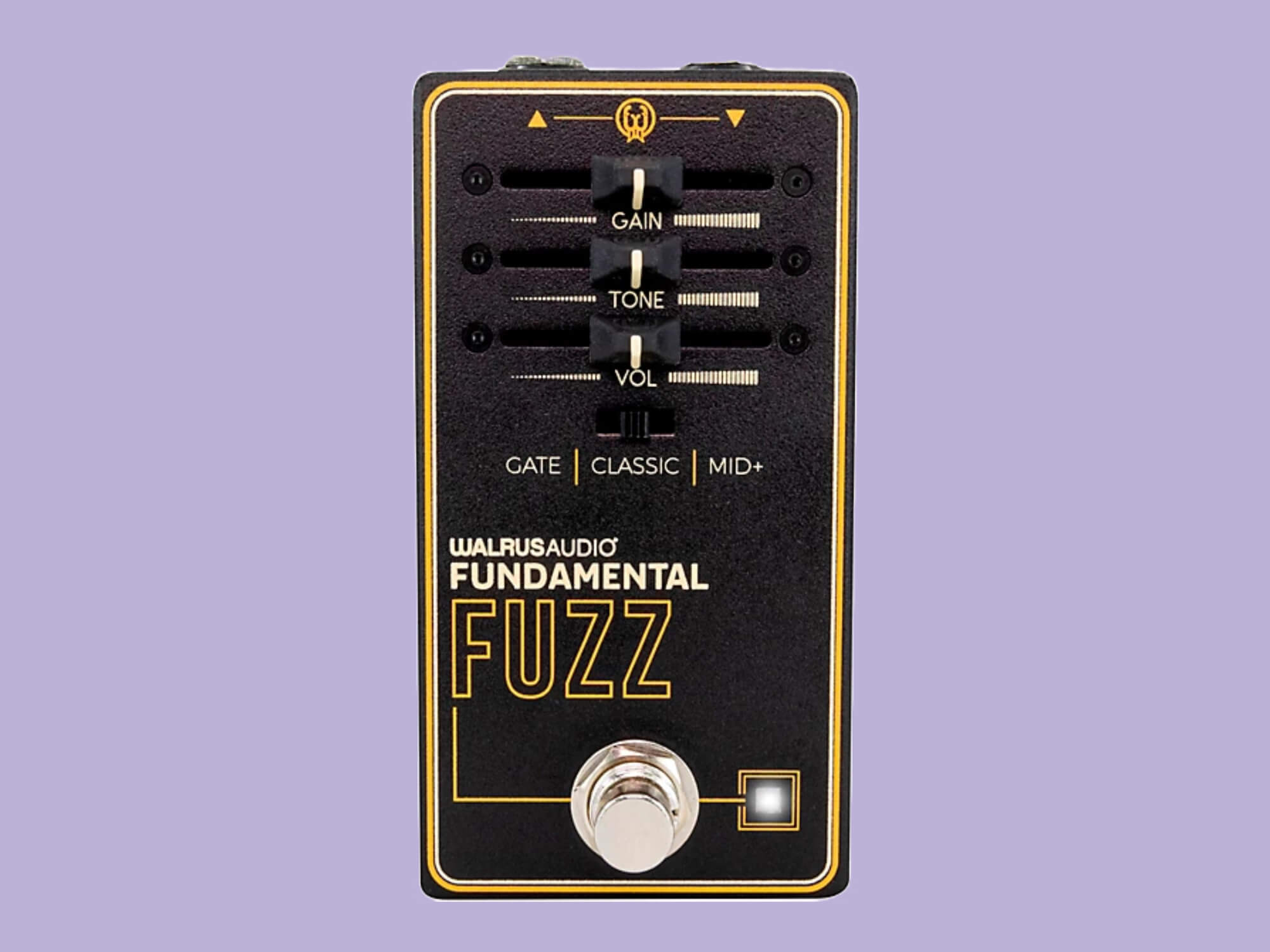
Fuzz: it’s the sound of countless amazing guitar tones and a great start to the world of pedals, as it’s nothing like the sound of amp distortion. Rather than sweetening your amp’s overdrive, you really know when you’ve stepped on a fuzz pedal.
This new Fundamental Fuzz from US boutique builder Walrus Audio does what it says on the tin – it offers the fundamental classic fuzz sounds you want in a high-quality but affordable package. Whether you want gated, Jack White filth, classic gnarly fuzz or something more modern and compressed, this will do it all.
Price: $99 / £99
Grab today’s deals on the Walrus Audio Fundamental Fuzz now
TC Electronic Skysurfer Mini Reverb
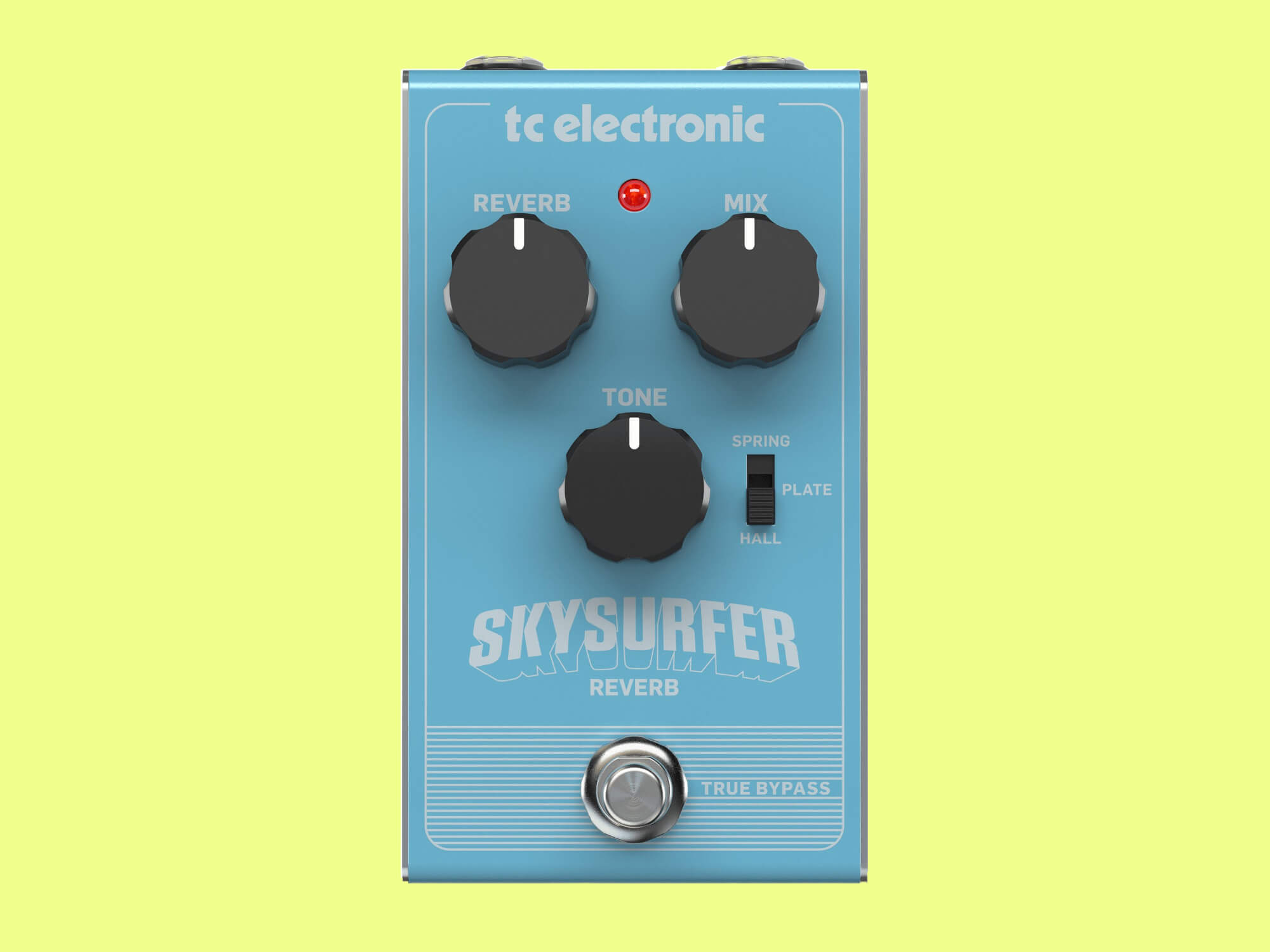
Reverb is probably the first effect that guitar players encounter after distortion – many amps have built-in reverb and once you start using it, you’ll find it hard to go back to the dry, ambience-free tone you had before!
TC Electronic has become a huge player at the entry-level end of the market since its acquisition by Behringer in 2015, and the Skysurfer is a perfect example of why – offering three classic reverb modes with simple but powerful controls at a seriously impressive price.
Price: £41/ $49
Grab today’s deals on the TC Electronic Skysurfer Mini Reverb
Electro-Harmonix Big Muff Nano
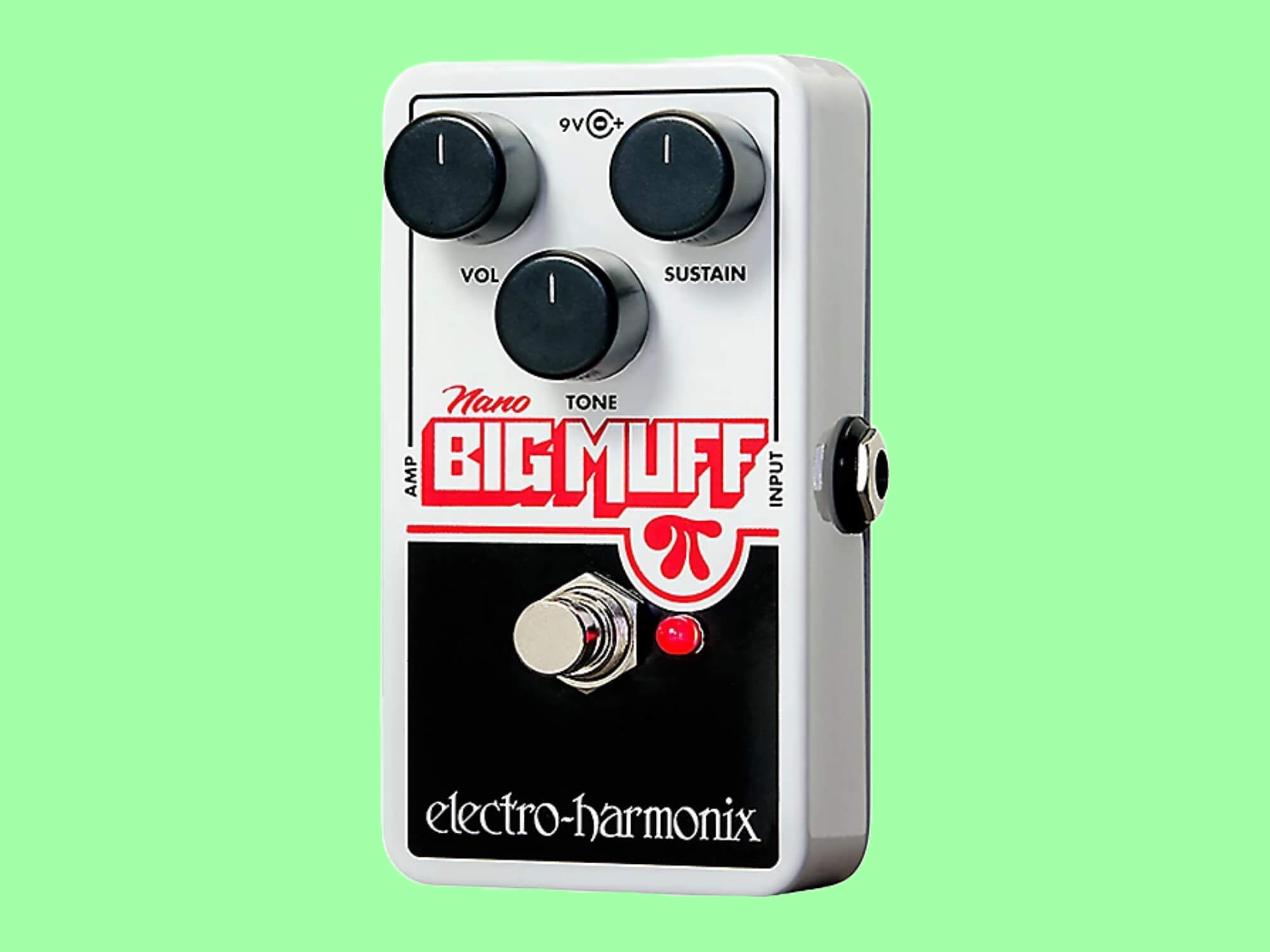
The Big Muff is one of the all-time classic guitar pedals – from David Gilmour, Frank Zappa and Carlos Santana through to Billy Corgan, Thurston Moore and innumerable others, the sound of a Muff has been a key facet of guitar music for decades.
And adding the classic Muff fuzz sound has never been easier thanks to this slimmed-down Nano format take on the classic circuit. With just three knobs you might think it’s not the most versatile pedal around, but you’d be wrong – the controls reward the tweaker, who will be able to unlock everything from compressed overdrive to wig-out fuzz.
Price: £79/$87.10
Check out today’s deals on the Electro-Harmonix Big Muff Nano
Boss RV-6 Reverb
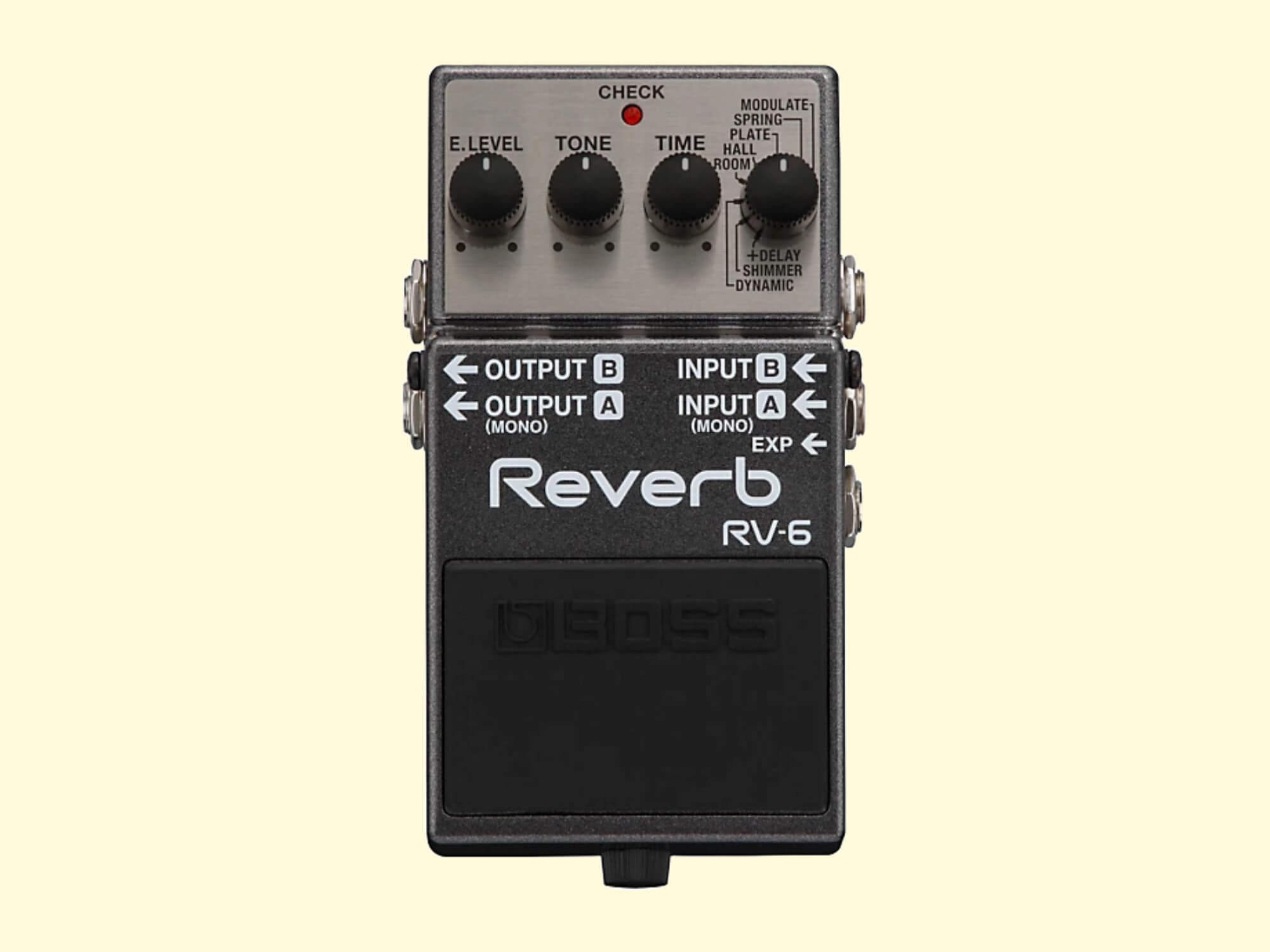
Fitting into Boss’ famed compact form factor, the RV-6 offers a huge number of features for its size and price. It’s packed with a huge range of core sounds, from spring and plate emulation to modulated and shimmer reverbs. These sounds can be tweaked via level and tone controls, which is great if you just want a variety of sounds straight out of the box.
It’s a slightly more premium take on the digital multi-reverb pedal than something like the Joyo Atmosphere, however if you want something that will last you in both sound and build quality (Boss compact enclosures would likely survive a direct hit from a surface-to-air missile), Boss is your best bet.
Price: £159/$169.99
Check out today’s deals on the Boss RV-6 Reverb
Ibanez Tube Screamer Mini Overdrive
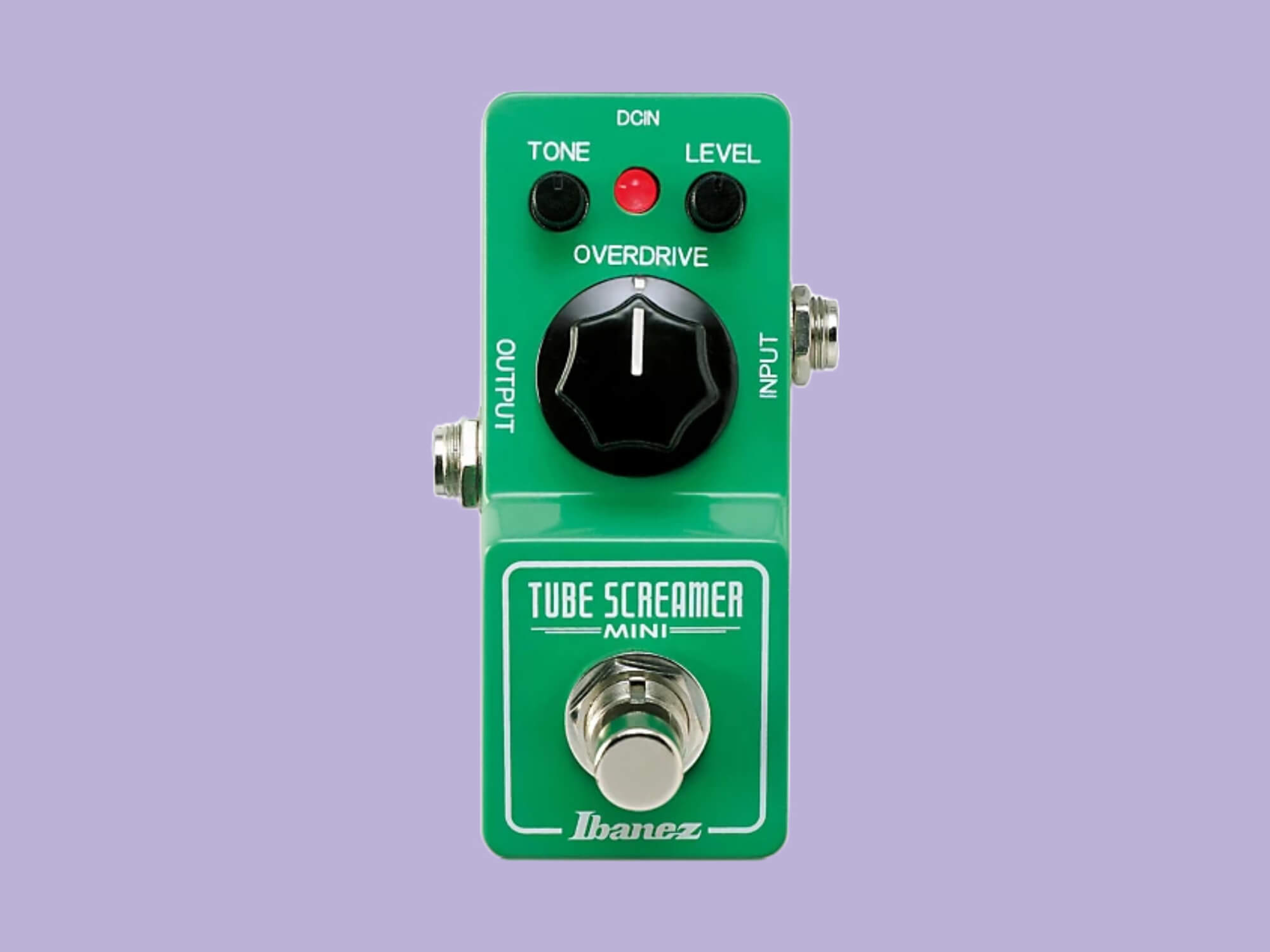
If there’s one flavour of overdrive that you’ll come across the most as you begin your journey into the world of pedals, it’s the Tube Screamer. Ibanez’s miniature version of the classic circuit features the tried-and-tested sound crammed into a tiny enclosure with the simple layout of volume, tone and gain.
Run into a clean or slightly overdriven amplifier on a low gain setting, this pedal pushes your tone into a colourful, dynamic place, with plenty of clarity alongside the extra grunt.
But run it into a higher-gain amp, and the pedal’s mid-hump and low-end response help you achieve tight, heavy rhythm riffage. The Tube Screamer is also a great complement to other drive and fuzz pedals, giving them the extra edge in the midrange and tightening up their bass response.
Price: £55 / $79.99
Get today’s deals on the Ibanez Tube Screamer Mini
Boss SD-1 Super Overdrive
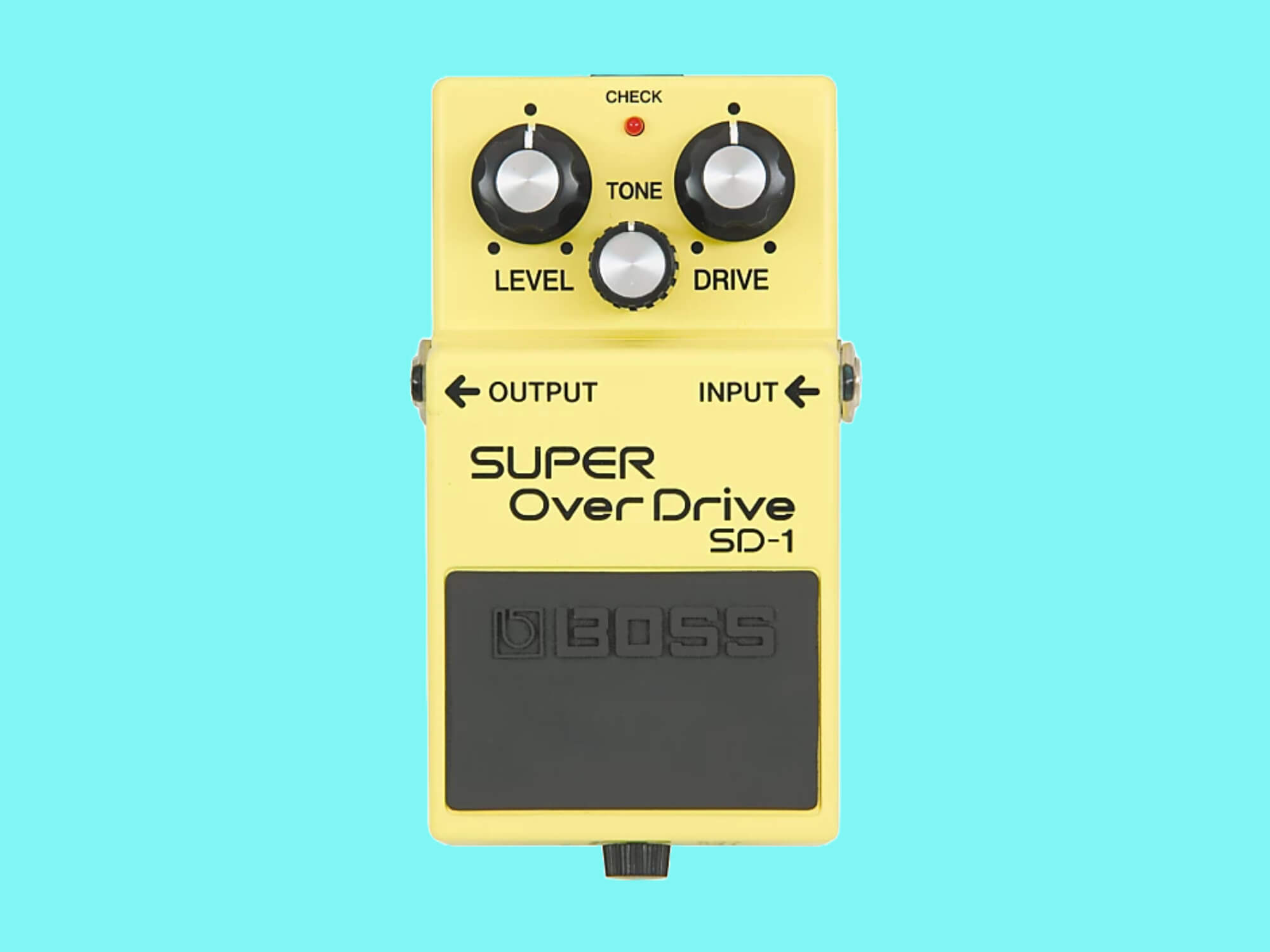
The Boss SD-1’s tube-y character, affordability and durability has earned it a reputation of being a workhorse that appears on the board of countless great players. Eddie Van Halen, Steve Vai, Kirk Hammett, Joe Satriani, The Edge, Josh Homme are all users and abusers of the yellow stompbox – not bad for something that’s just over £50.
Its character is fairly neutral, adding enough gain for a core rock tone, but not so much that your dynamics get crushed. It also excels at boosting an already driven amp, too.
Price: £69 / $62.99
Get today’s deals for the Boss SD-1 Super Overdrive
Ibanez Analog Delay Mini

As the name implies, this delay is fully analogue. How important that is can vary from guitarist to guitarist, but in any case, Ibanez has packed down classic delay circuitry into a mini enclosure. Its delay time ranges from 20 to 600ms, and so it’s great for surfy slapback or even self-oscillating chaos.
Price: £99 / $139.99
Get today’s deals on the Ibanez Analog Delay Mini
MXR Phase 90
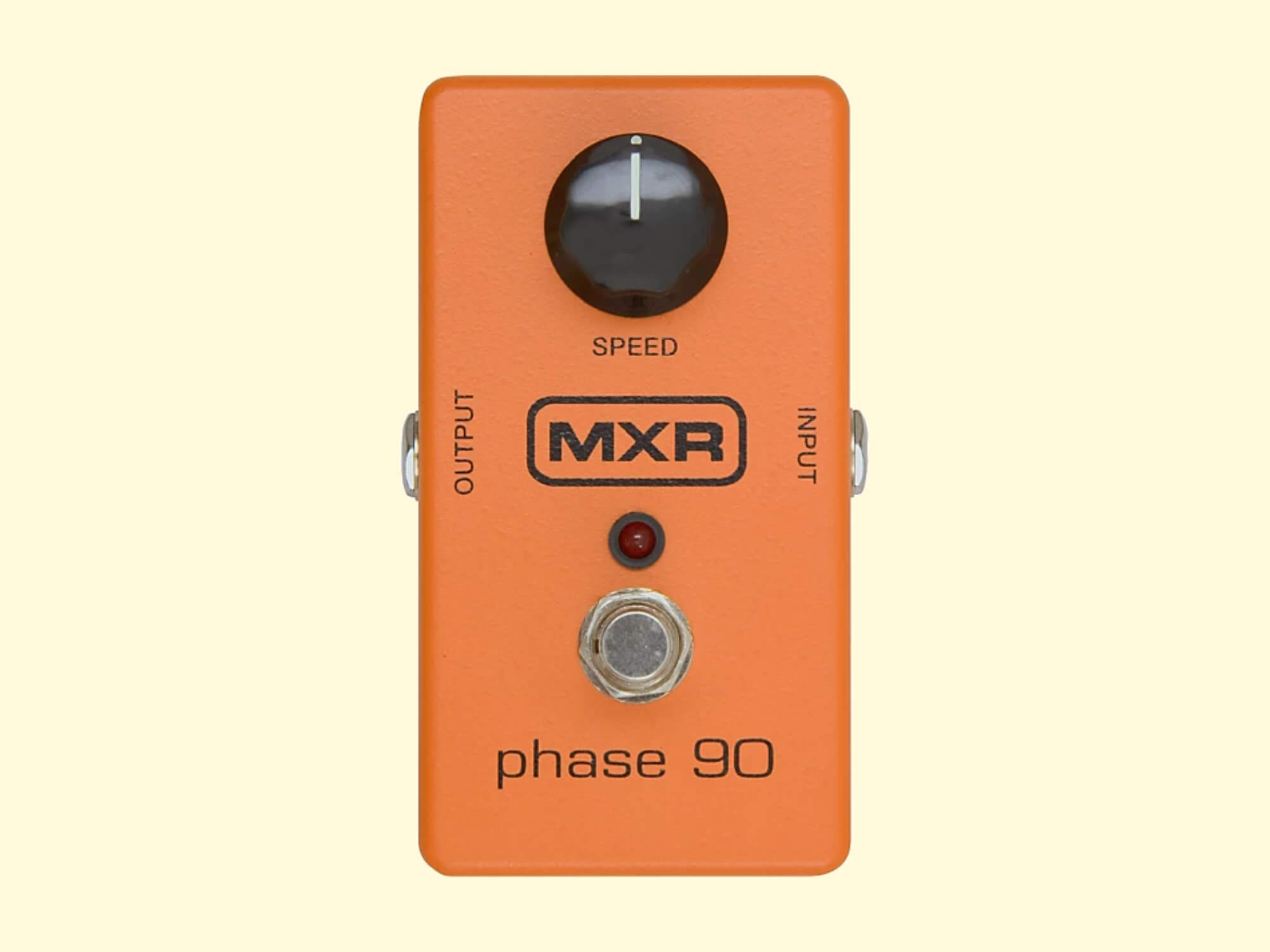
While this is a list for beginners, and beginners are statistically less likely to be able to play all of Eruption, the MXR Phase 90 is a great introduction to modulation effects. From Gilmour-esque washes to Leslie-like warbles, its one-knob operation couldn’t be simpler.
At higher speed settings, the pedal introduces incredibly speedy wobbles, while at slower settings, it’s great for ambient washes or a dramatic texture shift mid-song.
Price: £99 / $99.99
Check out today’s deals on the MXR Phase 90
Dunlop Cry Baby Mini Wah
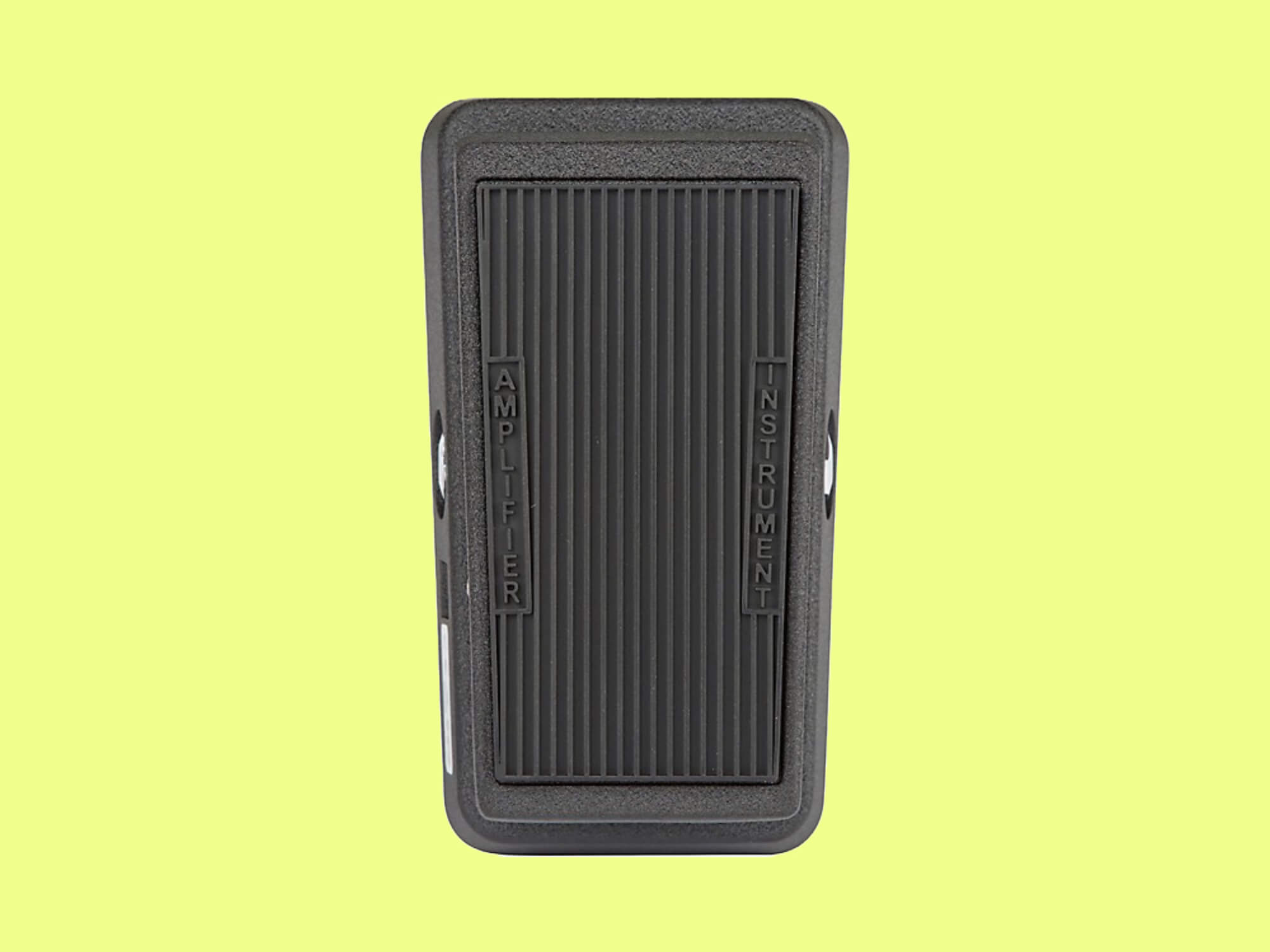
Wah is one of the most recognisable effects out there, and thanks to Dunlop’s Cry Baby Mini it’s now achievable in a more pedalboard-friendly format.
With no controls other than the (admittedly tiny) foot rocker and an internal toggle switch to adjust the effect’s Q (which defines where the centre of the frequency sweep lies), the Cry Baby Mini represents an affordable way to get your feet on the classic effect.
Price: £119/$199.99
Get today’s deals on the Dunlop Cry Baby Mini Wah
TC Electronic Ditto Looper

Loopers are wonderful tools to have at your disposal – especially if you’re a beginner bedroom jammer.
Want to practise over chord changes of your choosing? Or test out different tones on the same passage? The Ditto lets you do that in the most intuitive of ways: there’s only one footswitch to record, stop and playback, plus a single Loop Level knob to control the volume of the loop.
While it’s not the most full-featured looper out there, its operation couldn’t be simpler – and it’s an affordable entry point to the world of, um, playing with yourself.
Price: £79/$99
Check out today’s deals on the TC Electronic Ditto Looper
JHS 3 Series Compressor
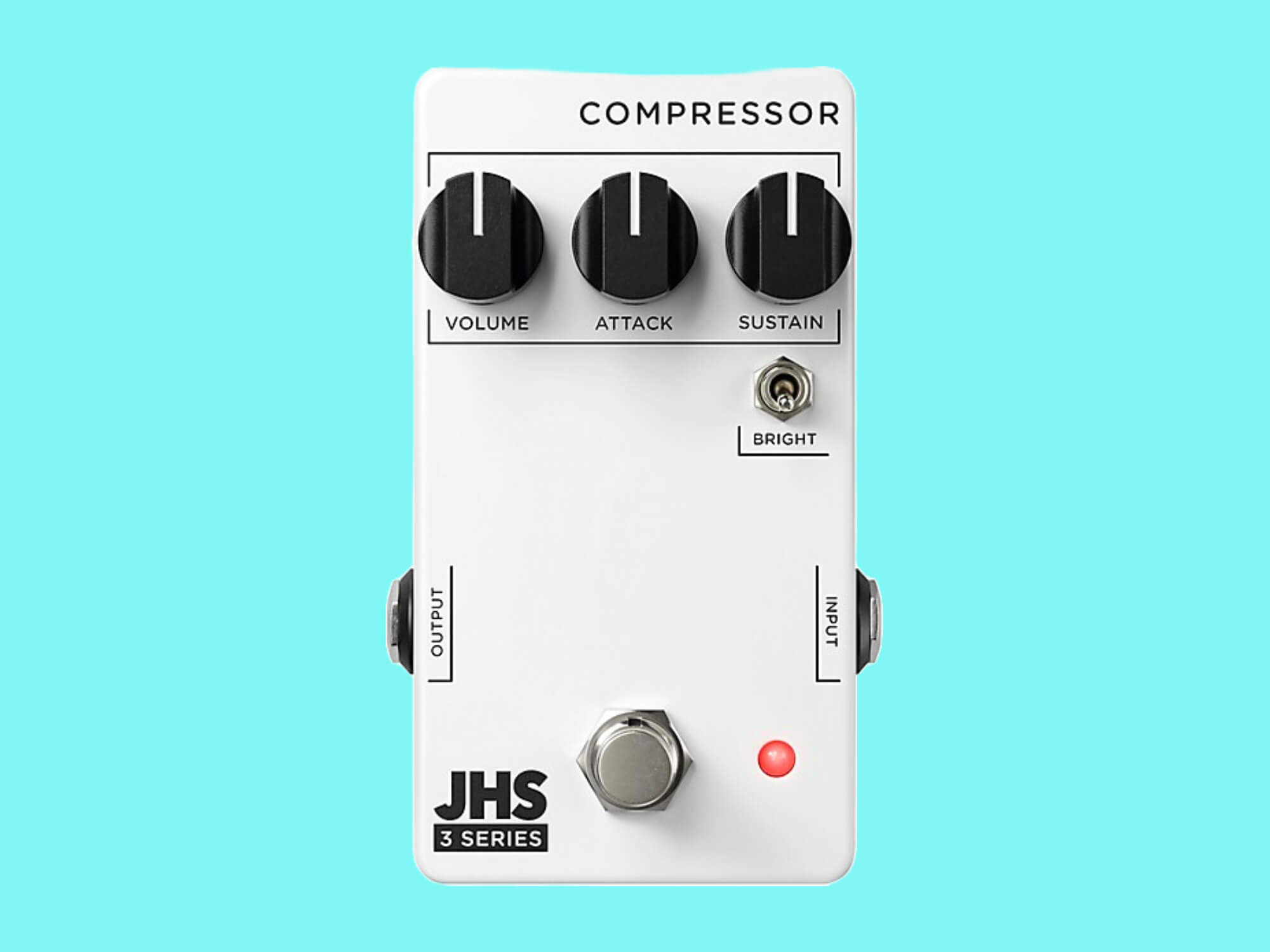
Compression is everywhere. Your overdrive pedals, your amps, your pickups, the mastering process of almost every single recorded piece of music released – they all compress a signal to some extent.
In short, compression evens out the dynamics of your playing; it brings up the soft parts and quietens the loud parts. And so a dedicated compressor pedal grants you deep access to this essential process of controlling the speed, sustain and output gain of the effect.
JHS’s 3 Series offers an affordable way into boutique pedals by offering basic, classic boxes ideal for beginners. This compressor is just that, offering a classic three-knob compressor with a bright switch to stop your sound getting muddy in the mix.
Price: $99/£99
Get today’s deals on the JHS 3 Series Compressor
MXR Six Band EQ
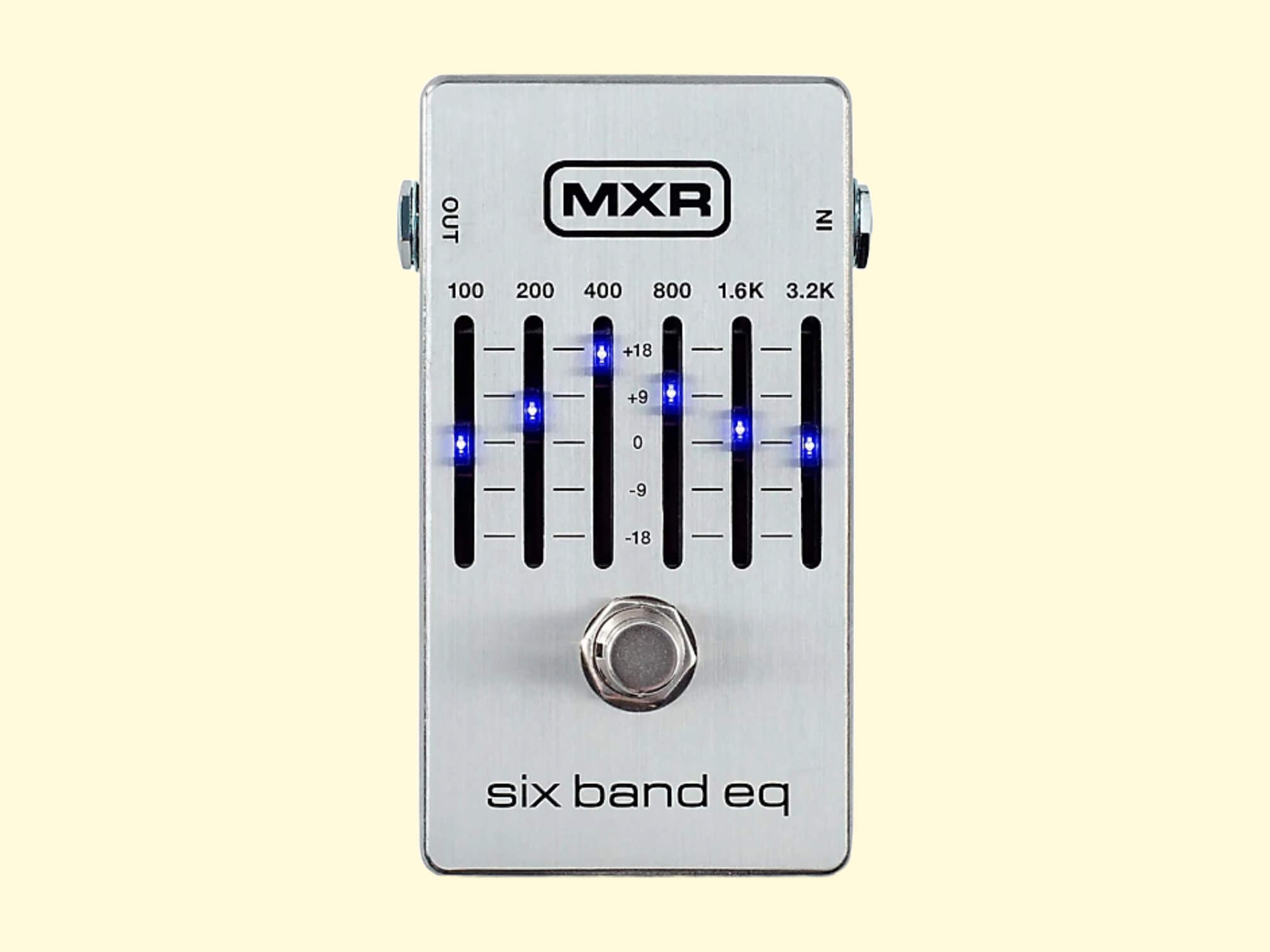
Like compression, every piece of gear has its own inherent EQ character. But with a standalone EQ pedal, you can finetune the sound of your guitar, amp and pedals, all depending on where you position the stompbox in your chain.
The six-band MXR EQ is a great place to start – like most of the pedals on this list, it’s compact, affordable and durable. Its six bands give you just the necessary amount of control to be considered a pure ‘utility’ pedal. Plus, the 18dB you can cut/boost each frequency band is a touch more than the comparable Boss GE-7, although the latter lets you tame or amplify the high end with a 6.4K band.
But for more precise and sophisticated alternatives, check out our guide to EQ pedals for a more in-depth look.
Price: £119/$119.99
Get today’s deals on the MXR Six Band EQ
Electro-Harmonix Soul Food Overdrive
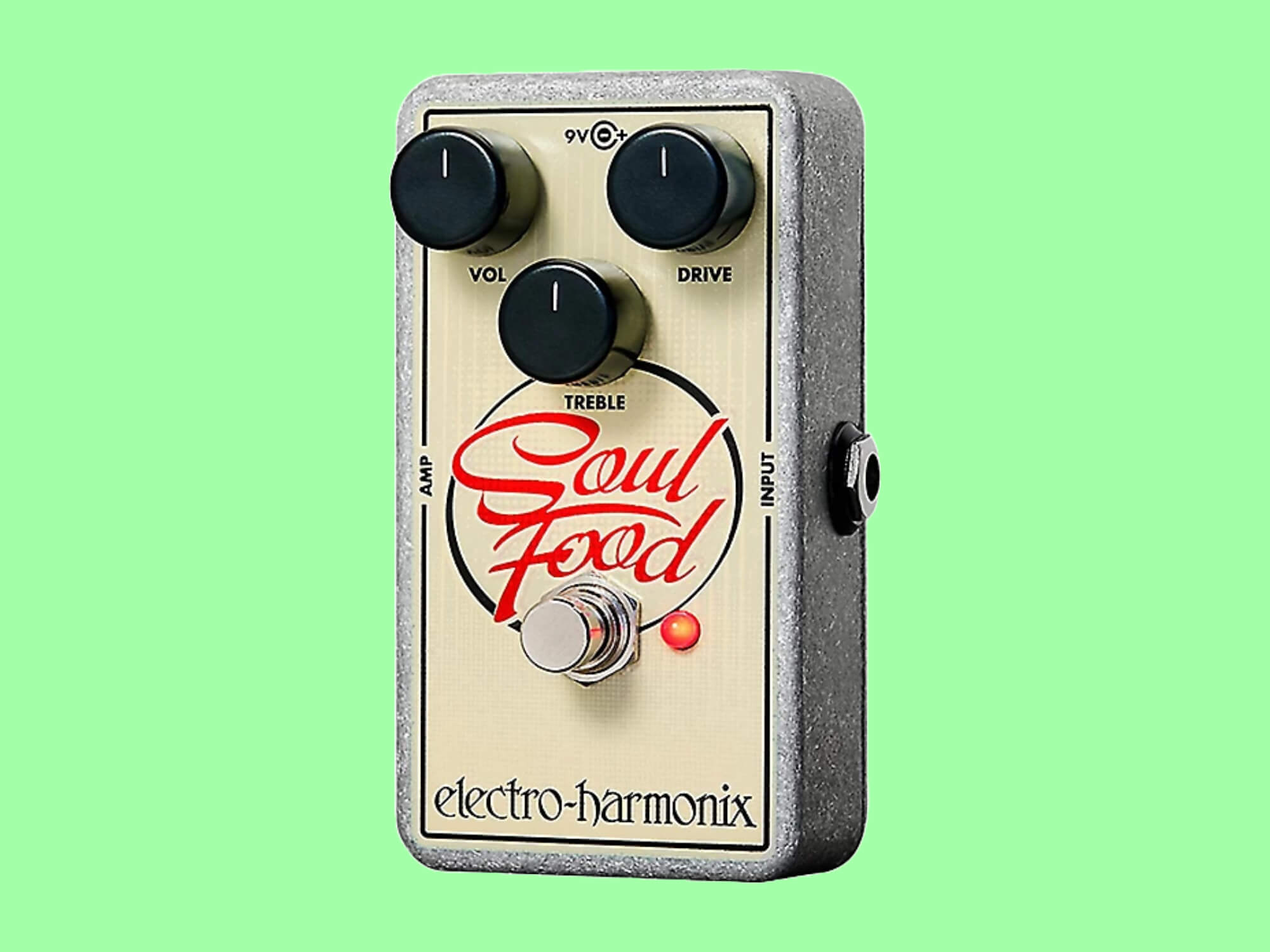
You buy your first guitar. Your first amplifier. You observe the wall of guitar pedals in the shop, and make a mental note to do some research on the matter. You log on to the /r/guitarpedals subreddit and look at the top posts. Here you see multiple references to a horse, a centaur, something arcane lost to the annals of time. You get a sense that this is the tip of the iceberg.
Scouring the ancient, dusty comments sections you piece together the legend of the Klon Centaur – perhaps the ‘best’ pedal of all time, it seems, thanks to its low-gain ‘transparent’ overdrive. You look on Reverb.com for a true Klon Centaur out of curiosity. You see four, sometimes five figures. You close that tab and instead purchase an EHX Soul Food for a 50th of the price.
Among the ‘klones’ the Soul Food is feted for how close it sounds to the original for such a ridiculously cheap price – you gotta try it.
Price: £95/$101.60

